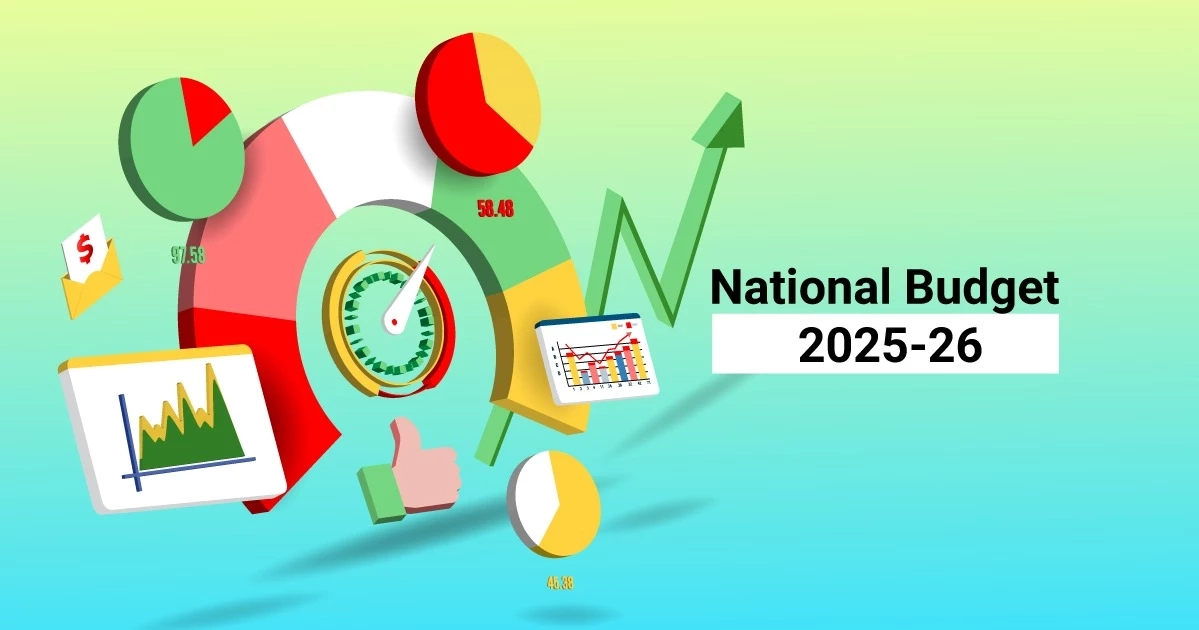Despite increased government investment, the effectiveness of Bangladesh’s social protection programmes continues to be undermined by persistent inefficiencies in targeting, a recent budget document has revealed.
The Finance Ministry’s Social Security Budget Report 2025-26 reveals that a significant portion of social transfers still fails to reach the poorest and most vulnerable, raising concerns over mistargeting and inequitable access.
“More importantly, mistargeting and inequitable access to social protection programmes further limit their efficacy,” the report states, adding, “Evidence suggests that social transfers are not adequately targeted to the poorest segments of the population.”
Noted economists see the proposed national budget as missed opportunities
Although the government has introduced digital platforms and data-driven delivery models, gaps remain, particularly in identifying and enrolling eligible beneficiaries in remote and underserved areas.
In the 2025-26 fiscal year, over Tk 1.16 lakh crore has been allocated across various ministries for social protection schemes. However, experts emphasise that effective implementation, not just increased funding, is key to programme success.
The document highlights that in 2022, half of all poor households received social assistance—up from just 23.7 percent in 2010. This expansion is largely attributed to increased cash transfer and food support during the COVID-19 pandemic.
However, inclusion errors remain a concern, with about 22 percent of benefits reaching the wealthiest 20 percent of households, the report notes.
While some geographic targeting has prioritized climate-vulnerable coastal districts, disparities remain. “Urban-rural differences in social security coverage add another layer of complexity,” it says.
In 2022, the poverty rate stood at 14.7 percent in urban areas versus 20.5 percent in rural regions. Yet, 44 percent of rural households benefited from at least one programme, compared to just 23.9 percent of urban households—reflecting an imbalance that calls for more equitable policy design.
The report cites notable growth in major allowances: Old Age Allowance beneficiaries rose by 24.5 percent (4.9 to 6.1 million), Widow Allowance by 41.5 percent (2.05 to 2.9 million), and Disability Allowance nearly doubled (1.8 to 3.53 million). The OMS/FFP programme surged by 57 percent, from 7.8 to 12.25 million beneficiaries, in response to food inflation.
These trends reflect targeted allocations, yet also highlight emerging challenges. Mature programmes like the Old Age Allowance are nearing saturation, while rapid expansion in others strains fiscal resources.
The ministry calls for differentiated strategies—stabilising mature programmes while accelerating high-priority initiatives—and improving targeting precision to optimise limited resources.
The expansion of coverage aligns with demographic trends, particularly the growing elderly population. The government is balancing this with investments in working-age and youth development programmes to maintain intergenerational equity.
Bulk of social assistance to be distributed through digital cash transfer under FY26 budget
The report underscores that social protection impact hinges not only on coverage, but also on benefit adequacy and accurate targeting.
While initiatives like textbook distribution and agricultural subsidies show strong pro-poor targeting, essential safety nets such as old age and food assistance programmes still fall short in reaching the most vulnerable.
In 2022, 37.6 percent of all households received social security benefits—up from 27.8 percent in 2016 and 24.6 percent in 2010.
Rural coverage reached 44 percent, compared to 34.5 percent in 2016 and 30.1 percent in 2010. Urban coverage also rose significantly to 23.9 percent, from 10.6 percent in 2016 and 9.4 percent in 2010.
Overall, 50 percent of poor households were covered by 2022, nearly double the 28.7 percent recorded in 2016.
